By Alex Jones
MEET THE reclusive mountain tribe who SMOKE their ancestors every day to help preserve their MUMMIFIED BODIES – and chop the fingers off women who have lost a loved one.
Remarkable photos of the indigenous Indonesian people show a high-ranking Dani elder holding up the mummified corpse of former village chief; a wizened older lady displaying a row of amputated fingers; and a Dani huntsman standing on top of a rickety platform whilst wearing a striking Koteka (penis sheath).
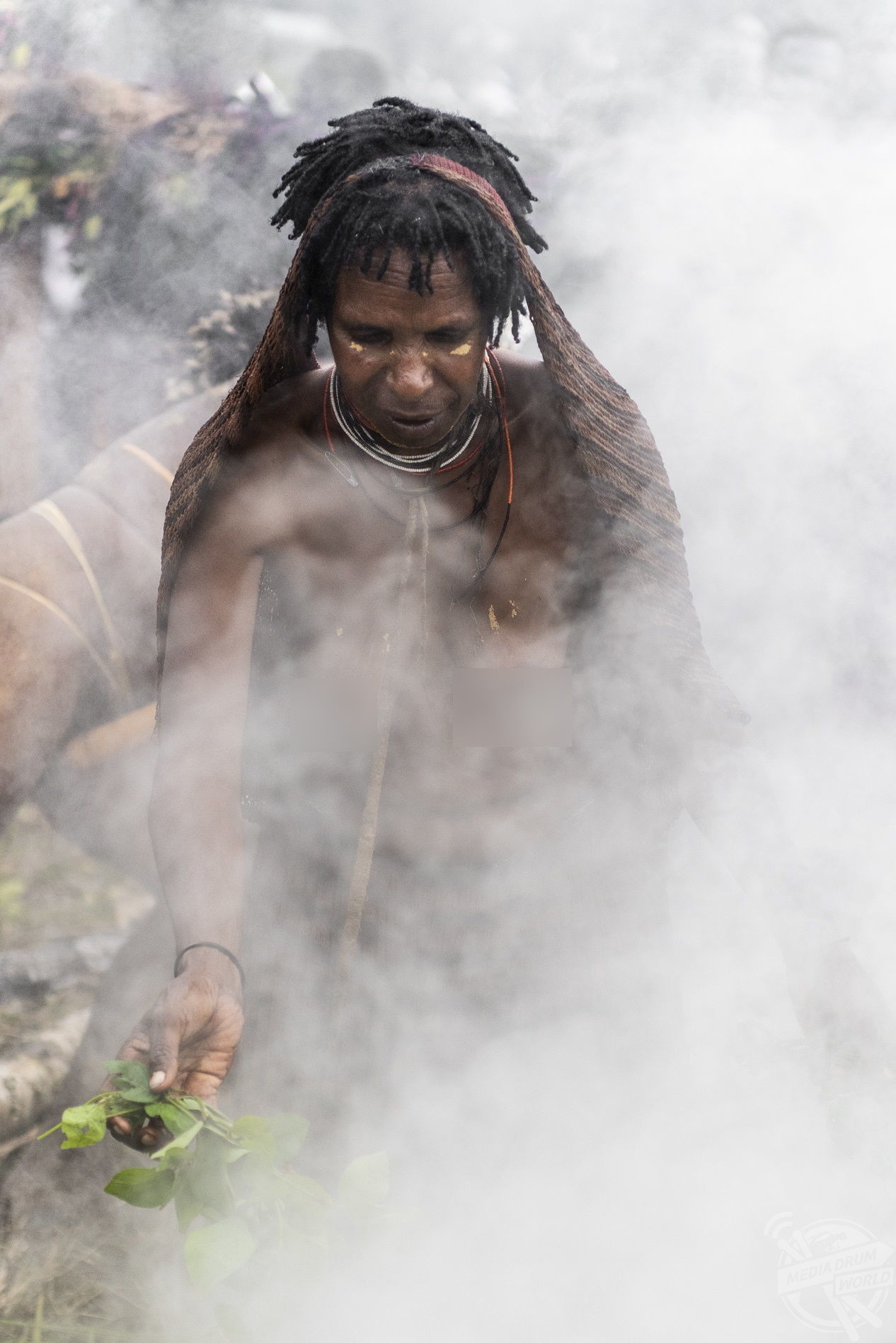
The Dani people of Baliem Valley in West Papua, Indonesia – who were only discovered by Western scientists 80 years ago – have a range of bizarre and macabre traditions passed down through countless generations of tribal forebears.
Alongside mummification, more shocking practices include using a stone axe to remove the fingertips of tribeswomen every time she loses a close relative – supposedly as a means of physically representing their grief. Similarly grotesquely, the tribe has been heavily linked with cannibalism in the past, although neither gruesome tradition has taken place in the tribe since the 1990s.
The incredible photos were captured by Italian travel photographer, Gianluca Chiodini (41) who spent days finding the isolated mountain tribe. After using various means of transport to reach the secluded Dani people, Chiodini was greeted with ‘kindness’ but was taken aback when he saw the mummified remains of a 250-year-old chief.
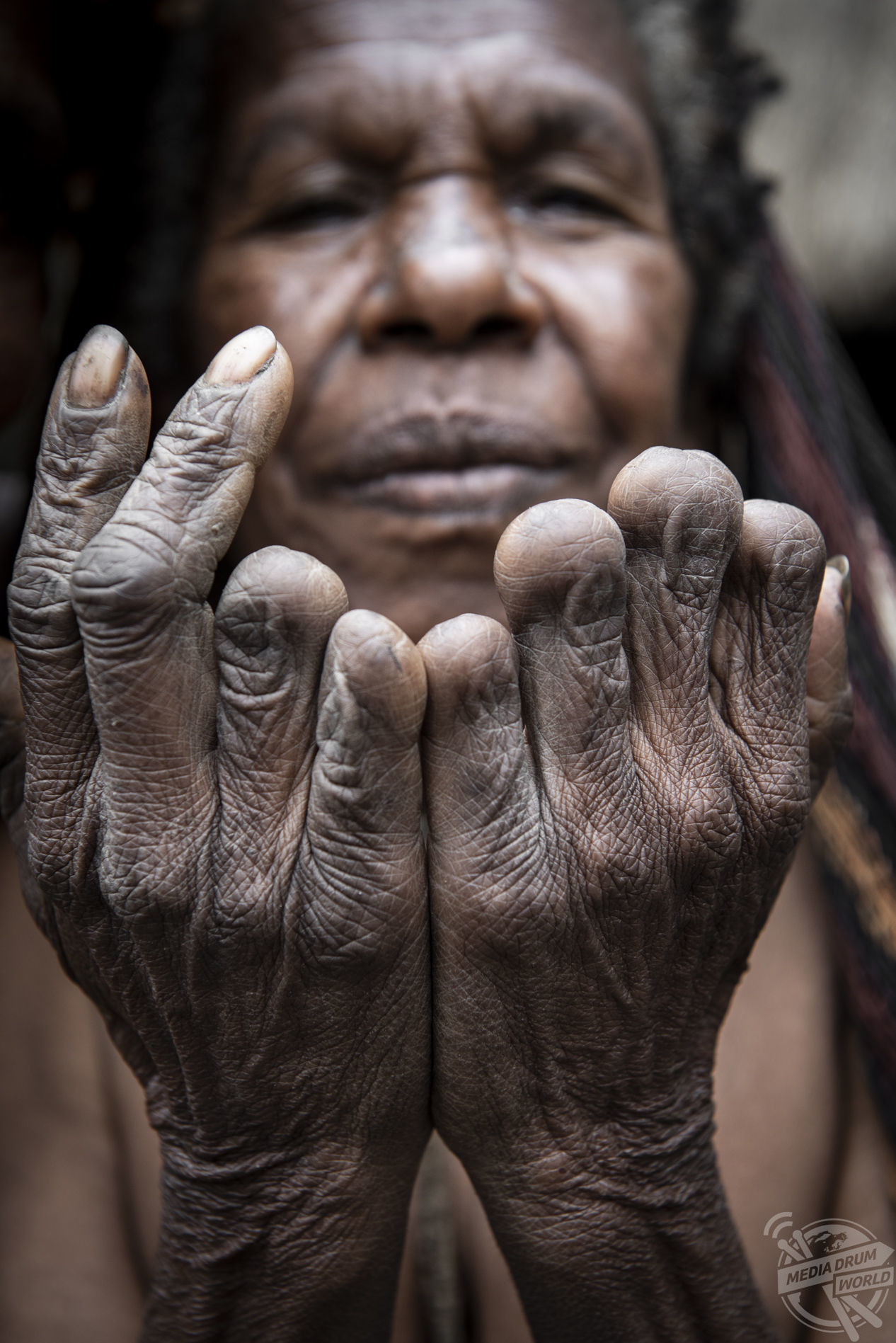
“The Dani are the most beautiful tribe in the region by far – the men have penis sheaths (Koteka) and wild boar tusks as rings through the nose and colourful face paints – you’re left in no doubt you’re looking at warriors,” explained Chiodini.
“I studied mummification before I arrived but knew it would only be luck that allowed me to actually see one of the preserved corpses. The Dani are said to keep seven mummies in total but only two can be seen by foreigners. To preserve the body, it is greased every day with a balm made with pork fat and a fire is lit that burns for up to six hours. All this has been happening daily for 250 years.
“The mummy is kept protected in a hut where access is strictly forbidden and only a select few are allowed to touch the dead. The mummy I saw was a village chief, his name was Wimontok Mabel and he was a glorious warrior. He lived more than 250 years ago and had 25 wives. Peace to his soul.”
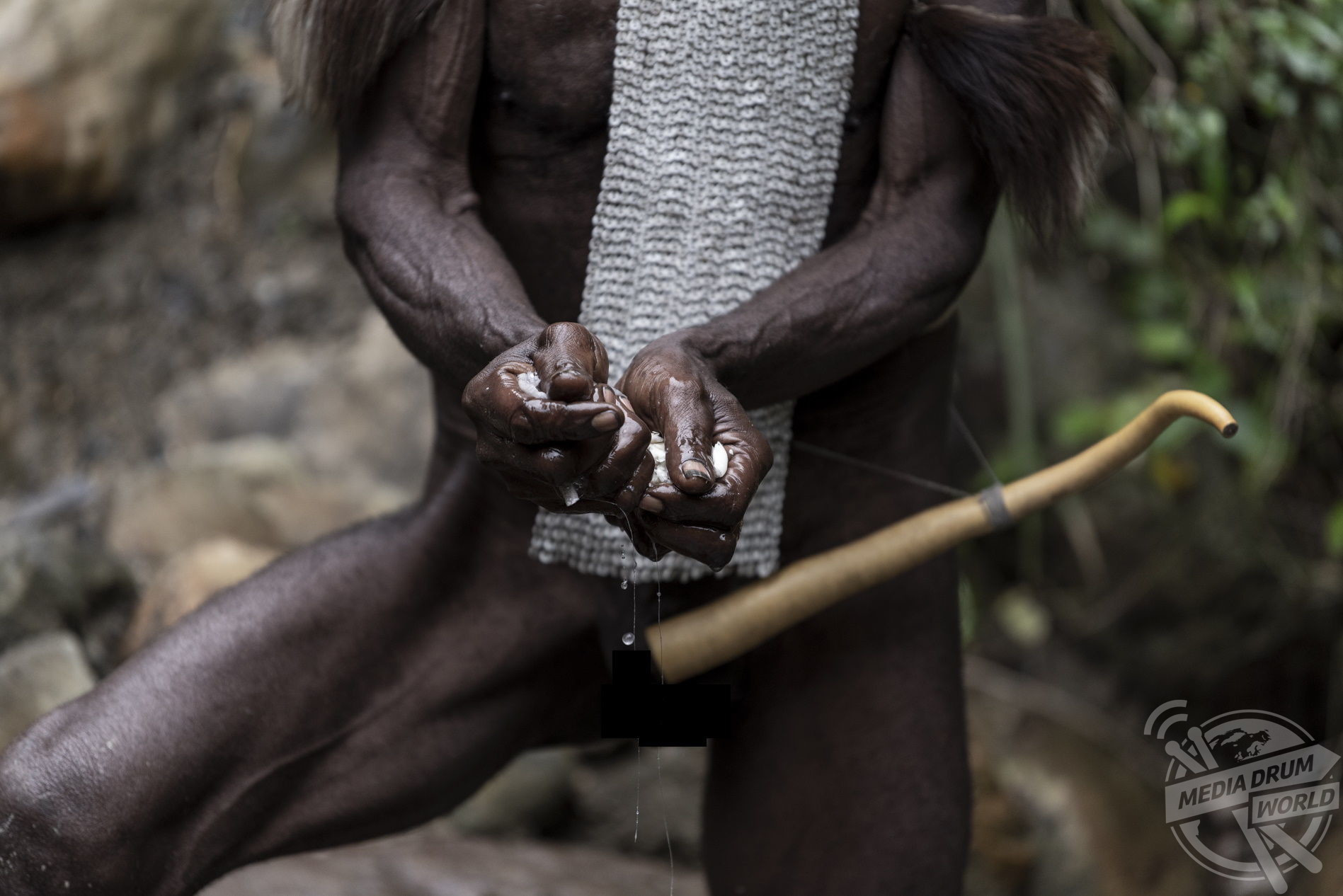
The Dani people were discovered by an American zoologist in 1938, the first time their existence was recorded by an outsider.
Richard Archbold was on an expedition to New Guinea when he spotted the Dani people from a plane.
According to Chiodini, there have been seem major changes in the intervening 80 years but some key traditions are still upheld.
“The first contact by a Westerner was less than one century ago and the Dani were found living in Stone Age conditions, even practicing cannibalism according to some sources,” he said.
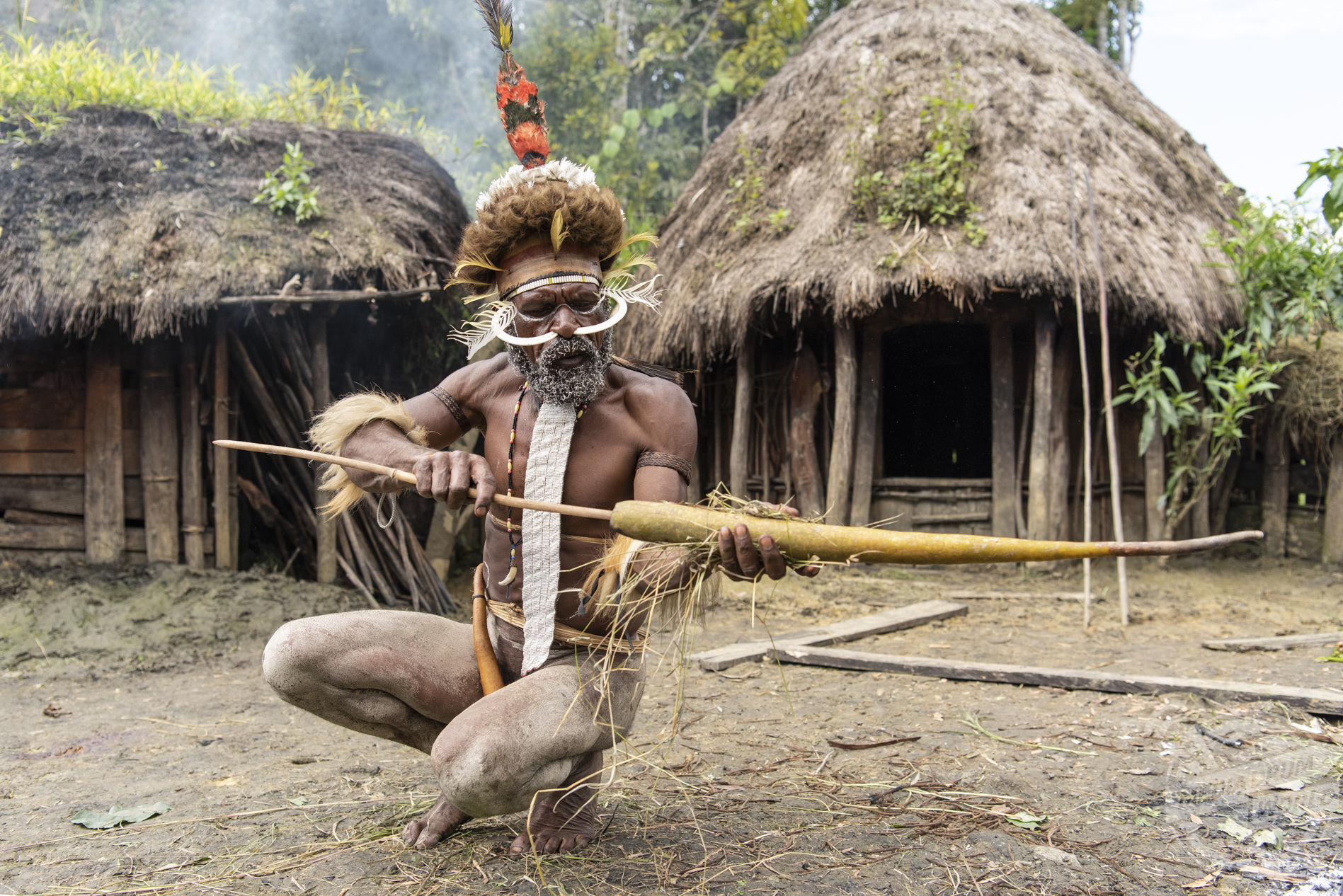
“Over the past decades, Indonesian authorities have enforced laws causing the Dani to abandon their traditions and culture but even today some still wear ‘Koteka‘. The village chief even explained me how to build a Koteka for me with an elongated pumpkin.
“Cannibalism has been left in the past though and now they prefer to have pig festivals. Men kill a pig with bow and arrow while women prepare a rudimental open air ‘steam oven’ using leaves and in the end everyone eats the pig. The women are made to wait their turn though
“I saw a woman with a strange hand and I couldn’t quite make out what was wrong.
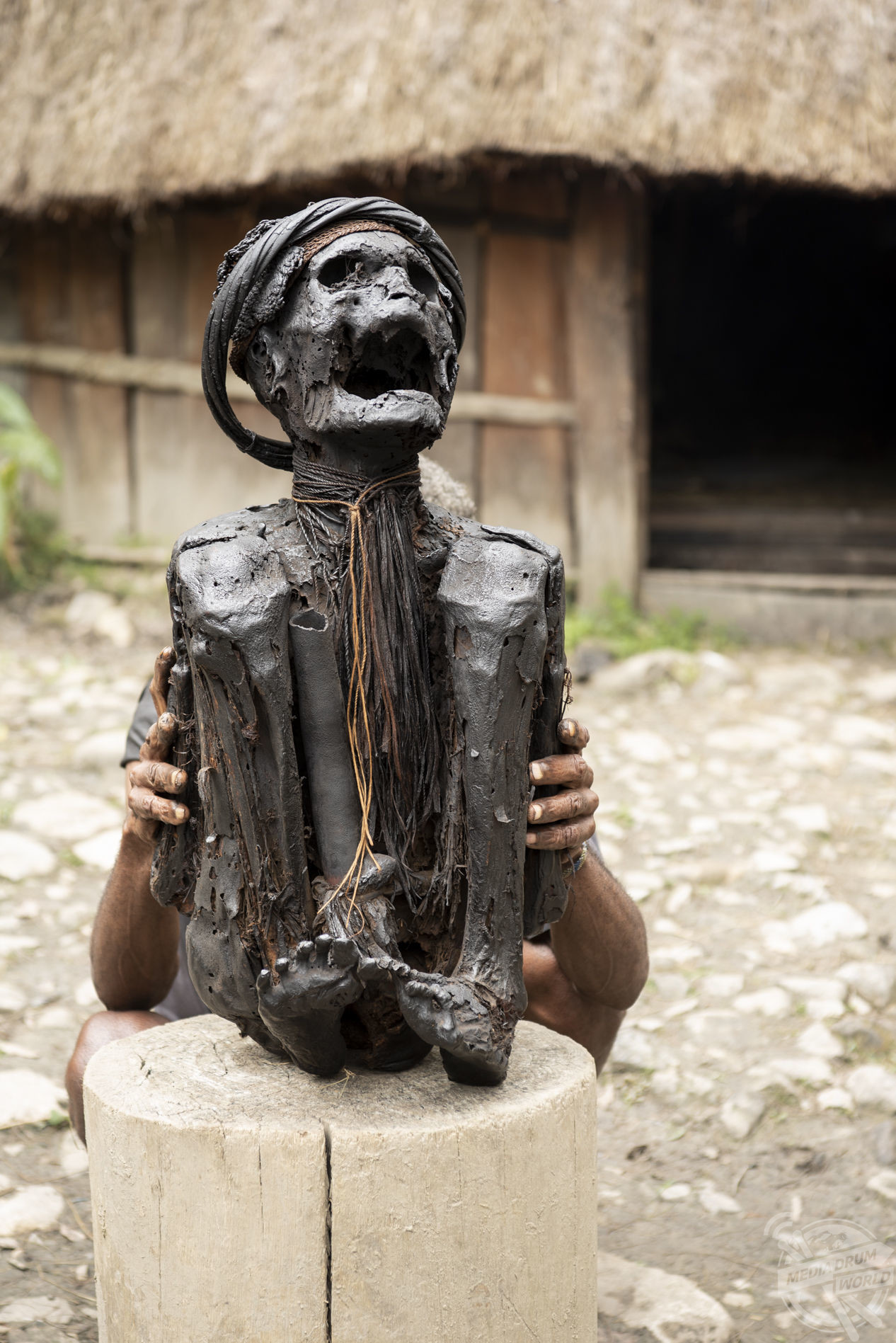
“As I got closer I realised that several fingers were missing. They told me that tradition of the Dani states that when a close relative dies, the woman is made to have her fingers chopped with a stone axe to emphasise the pain of loss and to appease the dead’s spirit. Today it is forbidden but you can still see the amputated hands of the older women.”
Although shocking to Western eyes, Chiodini was pleased to have captured the ever-changing lives of the Dani people.
“You can see traditions that will soon disappear, as well as the beauty of Dani people in my photos,” he said.
“Despite their aggressive look and the isolation they live in, they are friendly. It can take a little while for them to trust outsiders which is why I decided to take some time and spend some days with them. ‘Slow photography’ is always a winning strategy and hopefully people can see that there is beauty everywhere.”






